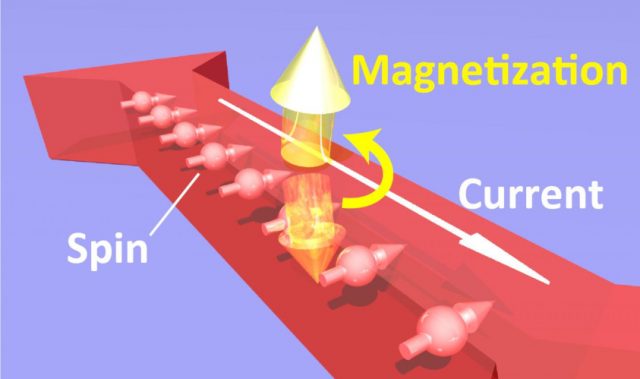
AsianScientist (Dec. 18, 2017) – A research group at the University of Tokyo, Japan, have quantified the relative contribution of three electron-scattering mechanisms affecting resistance in silicon carbide (SiC) power semiconductors. This discovery is expected to help reduce the energy consumption of electric power equipment that rely on SiC power semiconductors. The findings were presented at the 63rd International Electron Devices Meeting (IEDM).
Electric power equipment used in home electronics, industrial machinery, trains and other apparatuses requires a combination of maximized efficiency and minimized size. Mitsubishi Electric, a Japanese electronics and electrical equipment manufacturer, is accelerating the use of SiC devices for power semiconductor modules, which are key components in electric power equipment.
SiC power devices offer lower resistance than conventional silicon power devices. To further lower their resistance, it is important to understand correctly the characteristics of the resistance under the SiC interface.
“Until now, however, it had been difficult to measure separately resistance-limiting factors that determine electron scattering,” said Mr. Satoshi Yamakawa, senior manager of the SiC Device Development Center at Mitsubishi Electric’s Advanced Technology R&D Center.
In this study, researchers at the University of Tokyo were able to precisely quantify three factors that affect electron scattering under the SiC interface—the roughness of the SiC interface, the charges under the SiC interface and the atomic vibration to determine the relative contribution of each factor to electron scattering.
Using a planar-type SiC metal-oxide-semiconductor field-effect transistor (SiC-MOSFET)—built by Mitsubishi Electric—in which electrons were conducted away from the SiC interface, the researchers demonstrated that electron scattering is mainly influenced by charges and atomic vibration.
“We were able to confirm at an unprecedented level that the roughness of the SiC interface has little effect while charges under the SiC interface and atomic vibration are dominant factors,” said Associate Professor Koji Kita at the University of Tokyo’s Graduate School of Engineering who led the research.
The researchers also found that by conducting the electrons away from the charges under the SiC interface, the resistance of their SiC-MOSFET was two-thirds lower than existing devices, owing to suppression of electron scattering.
“Going forward, we will continue refining the design and specifications of our SiC-MOSFET to further lower the resistance of SiC power devices,” said Mitsubishi Electric’s Yamakawa.
———
Source: University of Tokyo; Photo: Pexels.
Disclaimer: This article does not necessarily reflect the views of AsianScientist or its staff.











